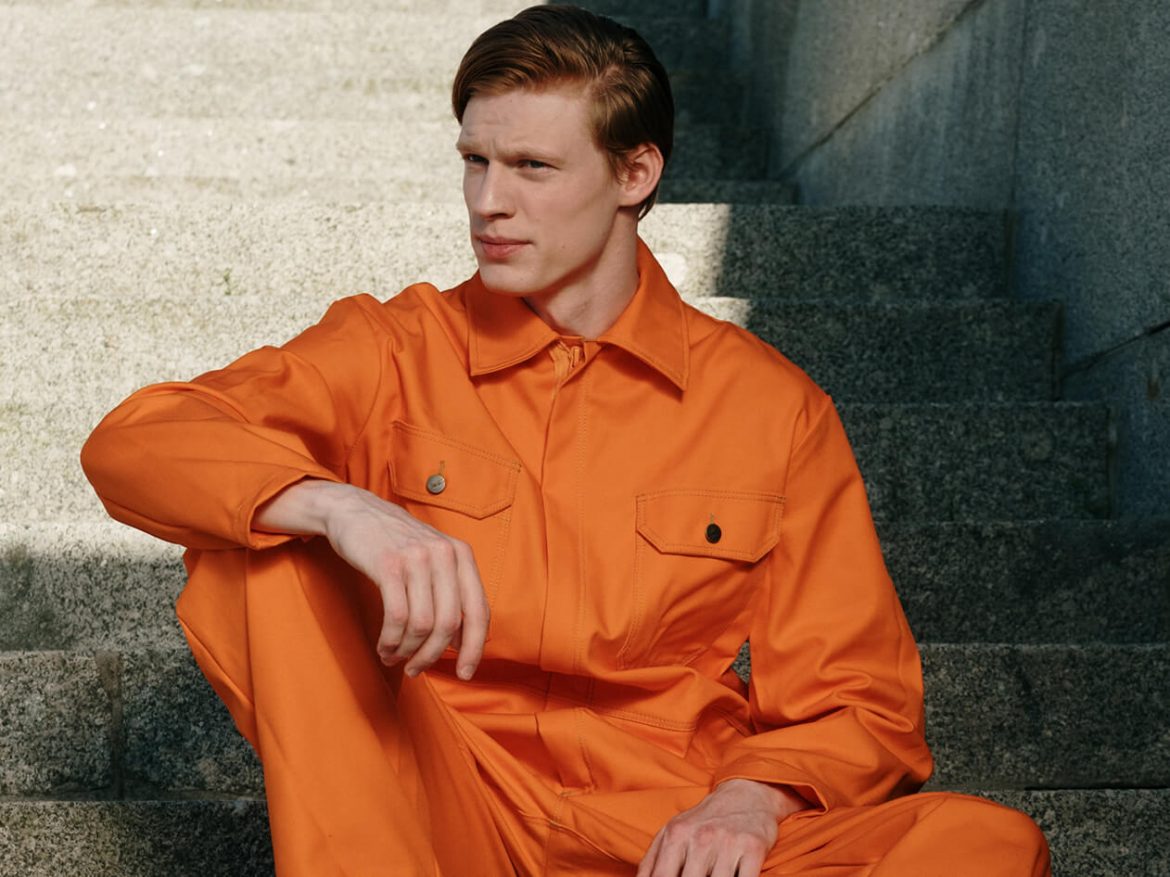Getting great product photos often seems daunting, but it’s simpler than you might think. As an experienced product photographer, I’ve spent years learning the ins and outs of the craft. And in this article, I aim to share it all.
1. Get your camera on a tripod
For one, they protect against blur. Once you mount your camera (or smartphone) on a tripod, then you can lengthen your shutter speed as much as you like without risking camera shake.
So what tripod should you buy? There are a huge variety of tripods available, all with different features and at different price points. As long as the tripod is strong enough to support your gear, you’ll probably be just fine – though if you can afford it, consider grabbing a tripod that can bend your camera over at ninety degrees. That way, you can easily capture popular flat-lay shots for Instagram.
2. Use the right lighting for the product
Yes, there are certain product photographers who spend hours or even days lighting a single setup and getting it perfect. And there are product photographers who work in a studio with a handful of strobes and dozens of modifiers. But while there is a time and a place for slow, complex product photography, it’s not necessary for all product photos, and you can certainly capture great product shots without such difficult lighting arrangements.
In fact, you can do product photography with only natural window light; simply put the product on the table (or even the floor) near a window, make sure it’s angled correctly, and start shooting. (Many people successfully photograph products on a table pulled up to a bright window!)
3. Shoot the product from multiple angles
Product photography is about helping the customer understand exactly what they’re getting. And when people are buying online, they can’t pick the product up, nor can they touch it.
So it’s your job, as the photographer, to convey all the small details to a potential purchaser. The best way to do that? Make sure you capture a variety of product angles. Shoot from above. Shoot from the left and the right. Make sure you emphasize every portion of the product, including all the little details.
Close-up shots are especially important if the item is handmade. By getting in close, you can convey the care and consideration the artisan put into their work. These little details are what differentiates handmade products from their mass-manufactured counterparts – so be sure to show them off!
4. Find out how the images will be displayed
Different product images are used in different ways. For instance, a client might want to use your photos for social media – or they might plan to use your photos on an e-commerce website. Plus, different vendors will have different specifications for how photographs look best on their sites. Some might prefer 3:2 landscape images, while others will work only with square-format files.
And then you should tailor your product photos to their specifications. For instance, if you are shooting for someone with an Etsy store, they might want photos that look great on their product page (generally portrait-orientation shots) and that work well as search thumbnails (these are landscape oriented). So you should carefully capture images that look good when cropped to both portrait and landscape orientations. (You may want to leave plenty of white space around the product, which you can then delete in post-processing.)
5. Don’t forget the packaging
A huge percentage of product sales happen online, so the packing of a product contributes heavily to the first impression of a brand. As a result, artisan companies and small businesses often spend lots of time considering their packaging and branding – which means that you’ll have a beautiful, complementary prop to include in your shots.
You can capture plenty of photos featuring both the product and the box. Try shooting the product in the box, the product on top of the box, and the product next to the box. And if the packaging is interesting enough, shoot it on its own.

